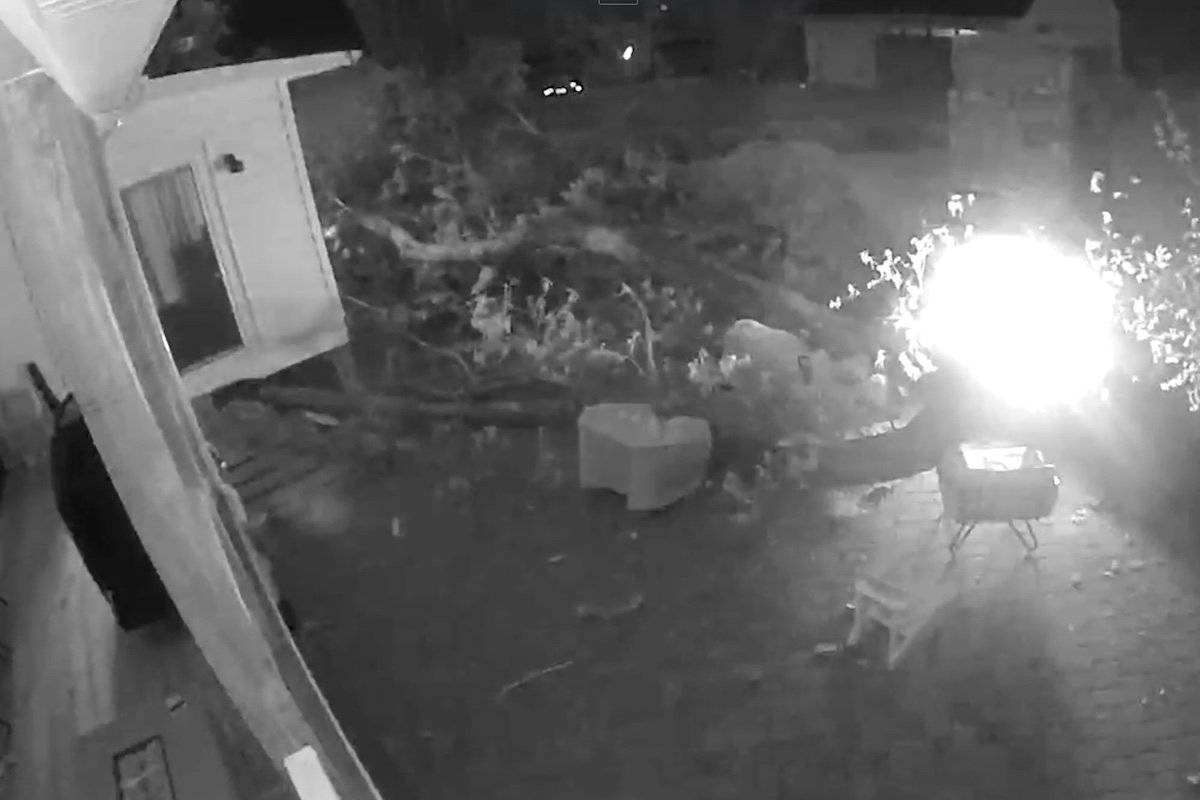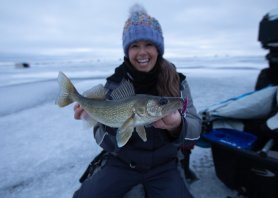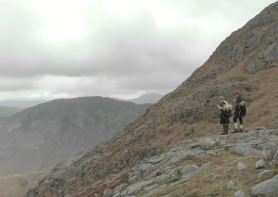

While there are nifty smart phone apps that can help you predict the weather conditions–there are times when you are traveling/camping and your smart phone runs out of power. Even worse than running out of power is being out of cell phone tower range–this can happen when you are hiking/camping/geocaching/etc.
Friend, it’s high time to learn how to watch the skies! By learning the ancient art of sky watching, you’ll find yourself grabbing that rain coat or umbrella when you head out of your campsite for a mid-morning hike and be totally prepared for an upcoming down pour. And soon you’ll learn how to predict the weather better than your local TV meteorologist.
High Clouds
High Clouds are found from from 16,500 to 40,000 ft. The three high cloud types are Cirrus, Cirrostratus, and Cirrocumulus.

These feather like clouds indicate a day of great weather.
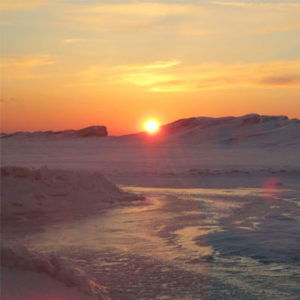
These sheet like clouds tend to fill up the whole horizon. And indicate a chance of rain or snow in about a half day to a day later.

These larger feather like clouds tend to form clusters or group together. In most states these clouds mean fair to temperate weather.
Mid-Range Clouds
Mid-Range clouds are found from 6,500 to 23,000 ft. The three mid-range clouds are Altostratus, Altocumulus, and Nimbostratus.
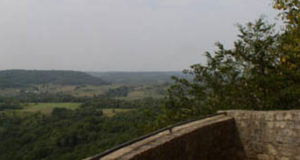
These silver-lined clouds dominate the horizon, and indicate bad weather anywhere from a few minutes to a few hours in the future.
When you see these fluffy clouds start prepping for a thunderstorm in a few hours.

The sky was the color of television tuned to a dead channel. And these are your standard bearing rain clouds.
Low Clouds
Low clouds may be found from near the Earth’s surface to 6,500 ft. The four low cloud types are Cumulus, Stratus, Cumulonimbus, and Stratocumulus.
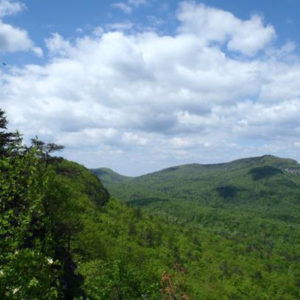
These fluffy cotton ball styled clouds indicate temperate weather, but watch for large clusters. Once these clouds start to group together, you might be in for some rain or snow in a few hours.

These silver lined clouds block out the sun, and might bring rain or light snow anywhere from a few minutes to a few hours.
These dense clouds are your typical storm clouds.
Prepare for a thunderstorm or
atmospheric instability.
Be on the look out for dangerous severe weather like tornados.



